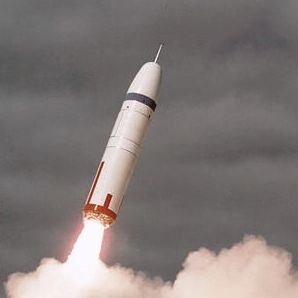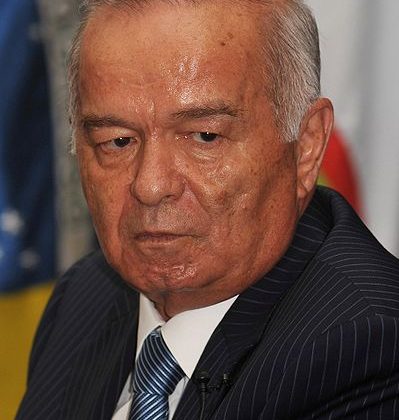The Obama administration’s second term has been marked by the revitalization of arms control initiatives aimed at launching the next round of nuclear reductions after New START. For its part, Russia is skeptical about the U.S. administration’s plans. Russian officials insist on including into future talks all issues that might affect the balance between Russia, on the one hand, and the United States and NATO, on the other—not only nuclear weapons, but also missile defense and long-range precision-guided conventional weapons, among others. Moscow’s most serious reservations concern NATO plans for missile defense (even after Washington’s recent decision to cancel the final phase of the European system and replace it with additional interceptors in U.S. territory) and long-range conventional strike capability of the United States and its allies. These concerns pose an obstacle to any constructive nuclear arms control dialogue.
Underlying this concern is Moscow’s belief that nuclear weapons play a vital role in Russia’s ability to offset Western supremacy in other, non-nuclear types of assets. Consequently, Russian authorities believe that nuclear weapons cannot be significantly reduced unless the military balance is approached in an “integrative” measure and balk at Washington’s insistence on singling out nuclear weapons.
In order to move forward, are there ways for the United States to address Russia’s concerns without sacrificing capabilities regarded as vital for U.S. security? The utility to the United States of traditional nuclear deterrence (deterrence by punishment) against new types of security threats is limited. Deterrence by denial, which prevents the enemy from successfully carrying out its threat and therefore influencing the decision to attack, is considered a more fruitful strategy. For the missions the U.S. military faces today, missile defense and conventional precision-strike weapons are regarded as more suitable assets as they can deny the opponent the capability to attack and, if necessary, to use force without resorting to a nuclear threat. But the fact that the main areas of strategic concern (Iran, for example) are located in Russia’s vicinity means that these assets affect Moscow’s security perceptions. They increase Russia’s sense of military vulnerability as they are capable, at least theoretically, to reduce Russia’s deterrence credibility. The United States and NATO are thus inadvertently creating the impression that they seek to deny Russia the chance to effectively retaliate, undermining the mutually assured destruction that used to be a cornerstone of Cold War strategic stability. The fear of losing relative strategic parity with the United States makes Russia’s political and military establishment consider further reductions risky.
A logical solution to this impasse is to bring together elements of the strategic balance that are of interest to both parties. The key seems to lie in the asymmetrical value attached by each party to different types of assets: the United States is less interested in nuclear capability, while Russia, at least temporarily (until modernization of conventional forces is complete), continues to emphasize them. An unconventional solution is to bring them together in two swaps that could help overcome the impasse inhibiting Russia-U.S. dialogue on offensive nuclear arms reductions:
- The first proposal is to directly incorporate missile interceptors into the next round of negotiated ceilings on nuclear arms. Perhaps there might be a way to establish a ratio of an agreed number of interceptors to each strategic missile. This could be either an equal number (one to one) or an agreed ratio based on the projected effectiveness of interceptors—for example two or three to each strategic missile. In this way, Russia would be “compensated” for U.S. missile defense as both parties will be entitled to freely mix offensive and defensive weapons according to the agreed ratio. The exact ratio can be defined at further negotiations among technical experts.
- The second proposal is to agree on a similar swap for U.S. high-precision conventional long-range guided munitions, on the one hand, and Russian nonstrategic nuclear weapons (NSNW). Russian officials have noted that Russia seeks to retain its NSNW arsenal in part to balance the U.S. conventional long-range strike capability. Once again, the exact ratio should be determined at the negotiating table—one to one or one to two or three. By bringing both NSNW and high-precision guided munitions into negotiations, further rounds of arms control could satisfy outstanding concerns of both the United States and Russia. In particular, this could help to implement President Obama’s vision of including into the next round of reductions both strategic and nonstrategic nuclear weapons.
Such measures could be fruitful in pushing forward arms control talks. They would also be designed as interim measures, to remain in effect until Russia is able to develop the capacity to symmetrically balance U.S. missile interceptors and high-precision guided weapons, and thereby reduce its reliance on nuclear weapons.











